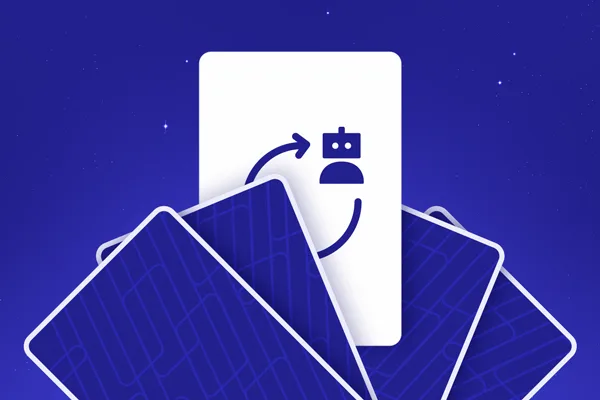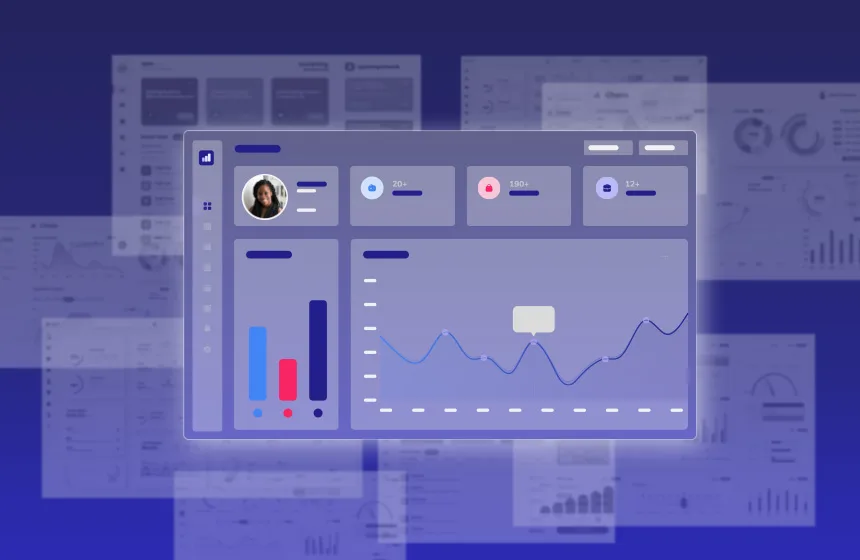Accelerate deals and increase win rates with the leading enterprise AI demo platform.
Five Common Myths About Using AI in Solutions Engineering

May 14, 2025
Table of Contents
It feels like every Presales leader is asking the same question right now: “What are we doing with AI?”
There’s pressure to move fast, make decisions, and show results. But underneath that pressure is something more complicated. What can AI do for Solutions Engineers (SEs), and what’s just hype?
In our AI literacy panel, four enterprise Presales leaders shared what they’re seeing on the front lines. The takeaway was clear: AI is not replacing SEs. But it is reshaping how they work. The biggest risk is waiting too long to engage.
Let’s break down some of the most common myths about AI in Presales.
Myth No. 1: You Need to Code to Benefit From AI
You need curiosity, not code. AI is no longer the domain of engineers. SEs are using it to prep for discovery, write follow-up emails, generate demo scripts, inject custom demo data, summarize notes, and research customers. And they’re doing it without writing a single line of code.
To easily build AI prompts, Maher Salhani, Senior Solutions Consultant from ServiceNow, recommended SEs use “multi-shot prompting,” or giving their AI system of choice multiple examples, such as pictures or product documentation, for context. This type of context helps the AI system understand your needs and provide more accurate responses.
Myth No. 2: AI Will Replace SEs
AI is replacing tasks and making SEs more efficient, but it doesn’t duplicate the ‘human’ side of the job. Across the board, panelists agreed: The SE role is too human, too relationship-based, and too nuanced to be automated.
However, Paul Vogt, VP and Head of Presales and Professional Services at GBG, noted that SEs who refuse to engage with AI may eventually be left behind. Those who embrace it, though, will find themselves more productive, more prepared, and more valuable than ever.
That productivity boost shows up in simple ways like using AI to prep for calls, get up to speed on an industry, or handle the grunt work of RFPs. It’s about focusing more on the parts of the job that only humans can do — building customer trust, telling stories, and guiding purchase decisions.
Myth No. 3: AI is Just for Writing Emails
AI is transforming every stage of the presales process. It’s helping teams do better discovery, build smarter demos, and personalize everything from sales leave-behinds to follow-up emails.
Darlene Volas, Head of Global Field Engineering at Firebolt, uses AI to transform Gong summaries of sales calls into internal FAQs, enablement content, RFP responses, and even product roadmap inputs. Salhani described using AI agents trained on platform documentation to handle tough technical questions on the fly, saving time and making SEs look sharper in front of prospects.
I shared a story myself about a team of 50 Demo Engineers spending all their time cloning environments for different deals. With AI, they started dynamically injecting data and logos. The result? Time saved and creativity restored.
Myth No. 4: AI is Too Risky to Trust
Security and compliance concerns are real, but manageable. Putting customer data into free tools without legal review is a bad idea. However, many enterprise-grade tools have data protection guardrails in place. When choosing a vendor, look for certifications like SOC 2 Type 2 and ISO/IEC 27001:2022 to confirm they’re following a stringent data privacy and security protocol.
Leaders on the panel emphasized the importance of governance. Be clear about what’s allowed. Wherever possible, use tools with role-based access controls (RBAC) to delineate access to resources. Work with your legal and security teams. And explore technical options like retrieval-augmented generation (RAG) to control what business data AI systems can reference.
It’s also critical to verify AI outputs. AI systems can be prone to hallucination, so it’s important for Presales teams to have a human in the loop to validate responses. When evaluating solutions, understand what underlying large language model (LLM) the system uses and how it was trained. Both of these factors may affect the output of the model.
For example, open-source models may use publicly available information from unverified sources, while proprietary and private models may be purpose-built for a specific use case. At the same time, understand the implications for any data you may share with a public LLM versus a private model.
Myth No. 5: AI Makes the SE Role Less Human
It’s the opposite. AI helps SEs spend less time prepping and more time connecting. Salhani described the job as an art form. SEs need to read the room, notice body language, and pivot in real time. AI can’t connect to humans in this way.
I summed up the use case for AI as: “Let’s spend less time fixing demo environments and more time telling great stories.” In other words, the biggest impact of AI is time savings. When SEs use AI to get the noise out of the way, they show up better prepared, more insightful, and more customer-focused.
Getting Started: Pick the Highest-impact Use Case
AI isn’t a threat to the Presales role, but the hesitation to adopt it might be. The leaders who learn to combine human connection with AI-powered efficiency will empower their teams to expand their influence on other functions of the business.
If you’re not experimenting yet, now’s the time. Pick one use case. Track the impact. Share what you learn. That’s how SEs will shape the next era of Presales with AI.
Presales leaders: Want even more tips for using AI? Watch the full panel on AI Literacy.






